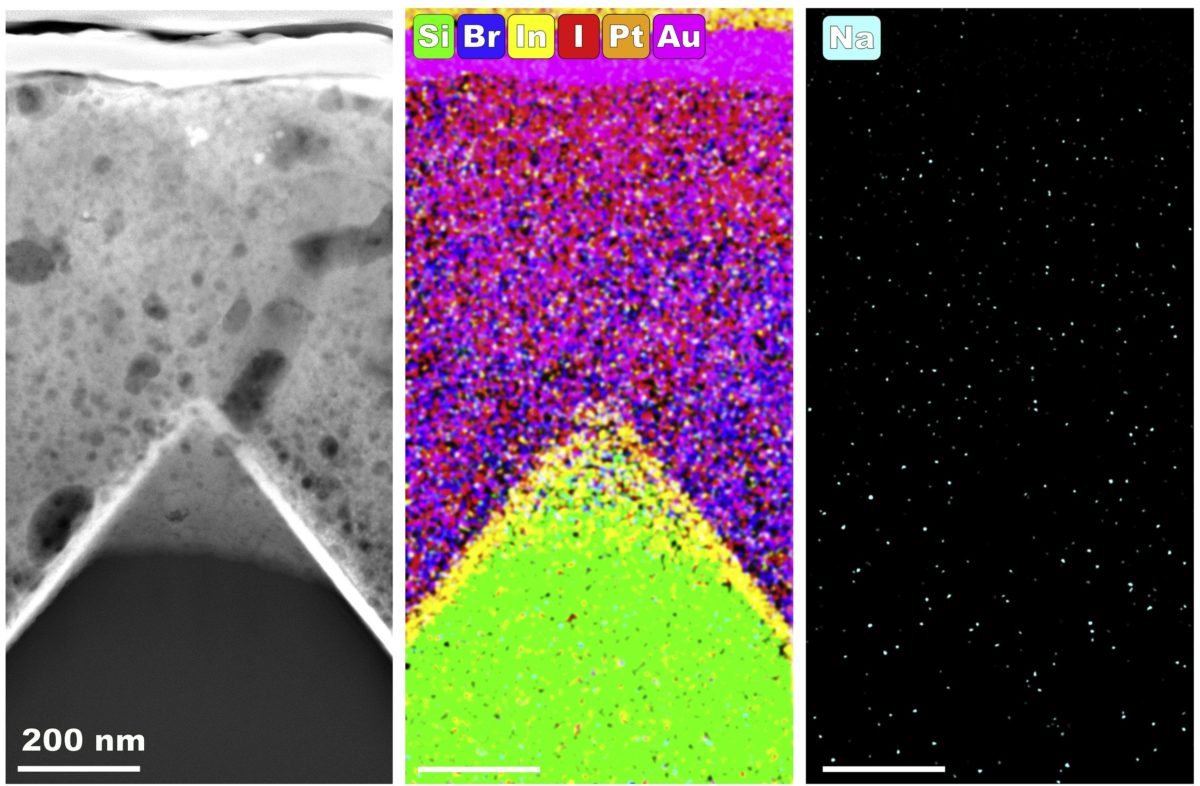That perovskite solar cells face a few challenges when it comes to stability has been well documented. Research on this area has largely focused on the material’s sensitivity to moisture, high temperatures, and other environmental conditions. Potential-induced degradation (PID), caused by currents leaking from the cell and driving various damaging mechanisms, has long been a threat to performance in silicon PV modules, but has so far been much less explored in emerging PV technologies such as perovskite.
Scientists led by Saudi Arabia’s King Abdullah University of Science and Technology (KAUST) evaluated the PID susceptibility of perovskite-silicon tandem devices fabricated in its lab. They found that more work may need to be done on the issue before perovskites can be commercialized and deployed at scale.
“No investigation into PID effects in perovskite/silicon tandem devices … has been published in the literature, despite the importance of PID robustness for commercialization,” the group stated. “This motivates us to evaluate here the impact of a high system voltage on encapsulated perovskite/silicon tandem devices, provide insights into its root causes and formulate mitigation strategies.”
Industry guidelines for PID testing, outlined in the IEC 61215 standard, state that modules should be able to pass 96 hours at maximum system voltage under damp heat conditions (85 C, 85% humidity) with less than 5% loss to their initial efficiency. The tandem cell technology tested at KAUST was shown to lose 53% of its initial performance after 22 hours under a 1,000 V negative bias, at a lower temperature of 60 C. Control samples were exposed the same temperature without the voltage bias, serving as evidence that PID was to blame for the loss. Full details of the study can be found in “Potential-induced degradation in perovskite/silicon tandem photovoltaic modules,” published in Cell Reports Physical Science.
After testing, the group took the cells apart and used imaging techniques to understand how the degradation had occurred. This showed that various materials from the perovskite layer had diffused into the encapsulant layer, suggesting that the voltage can change the perovskite’s structure and degrade its performance as a solar cell – meaning a distinct mechanism from the PID common to silicon, caused by sodium ions moving toward the cell.
In terms of mitigating this effect, the group sees encapsulant-free modules where the cell has no contact with the glass as one possibility, though noting that this would likely cause other problems given perovskites’ need to be shielded from moisture as well.
The testing also showed that applying voltage in the opposite direction could at least partially ‘heal’ the performance loss. The group, however, is certain that more protection will be needed. They state that searching for a material that can prevent diffusion of the perovskite materials without hurting cell performance in other ways could be a promising research direction.
This content is protected by copyright and may not be reused. If you want to cooperate with us and would like to reuse some of our content, please contact: editors@pv-magazine.com.




By submitting this form you agree to pv magazine using your data for the purposes of publishing your comment.
Your personal data will only be disclosed or otherwise transmitted to third parties for the purposes of spam filtering or if this is necessary for technical maintenance of the website. Any other transfer to third parties will not take place unless this is justified on the basis of applicable data protection regulations or if pv magazine is legally obliged to do so.
You may revoke this consent at any time with effect for the future, in which case your personal data will be deleted immediately. Otherwise, your data will be deleted if pv magazine has processed your request or the purpose of data storage is fulfilled.
Further information on data privacy can be found in our Data Protection Policy.